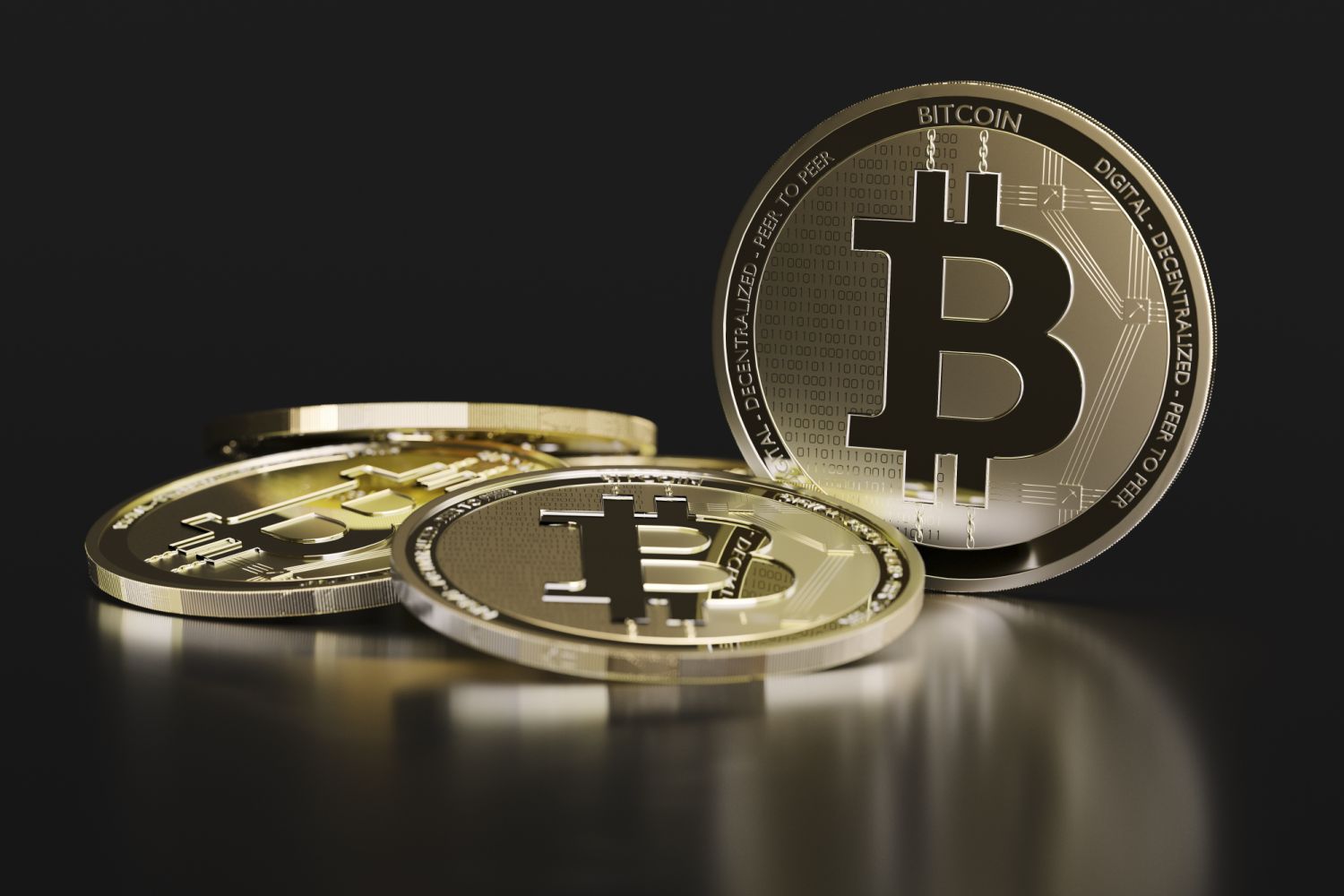Level 0: Crypto? No.
What is an NFT?
NFT stands for non-fungible token—you can pronounce it by spelling it out or call it a “nifty” (industry insider speak); no one will judge—which is a fancy way of describing something that’s one of a kind and can’t be copied or exchanged, sort of like a famous painting or your favourite child. Essentially, an NFT is a digital asset that is unique and verifiable, that exists on the blockchain.
What is the point of a blockchain?
Think of blockchain technology as a Google document. It is a single, shared document that everyone can access at the same time—if you’ve ever heard people talking about decentralisation, this is what they mean. Unlike with a Word document that can be copied, privately changed, and the new version shared as if it’s a fresh document, in a Google doc, I can see it if you modify the document in any way, and vice versa. What this public ledger means is goodbye, fraud; hello, transparency. Blockchain technology makes an asset’s history transparent and unalterable, which means you can confidently verify the origin of the diamond in your Tiffany & Co ring, for example.
In a nutshell, blockchain allows for trust in the integrity of your digital asset, whether it’s worth millions or just 0.000024 Bitcoin (for now). On that note …
What is Bitcoin?
Bitcoin is a form of cryptocurrency: digital currencies that can’t be counterfeited because they are secured by cryptography (hence the name). Cryptocurrencies are based on blockchain technology, and if you remember your crash course from above, this means decentralisation, therefore immunity to manipulation or interference.
At the time of writing, Bitcoin is the most popular and valuable cryptocurrency, with each unit worth US$41,324. Other popular crypto include Ethereum, Litecoin, Solana and EOS; each one markets itself as having a different speciality, so it’s worth doing your research before you invest.



